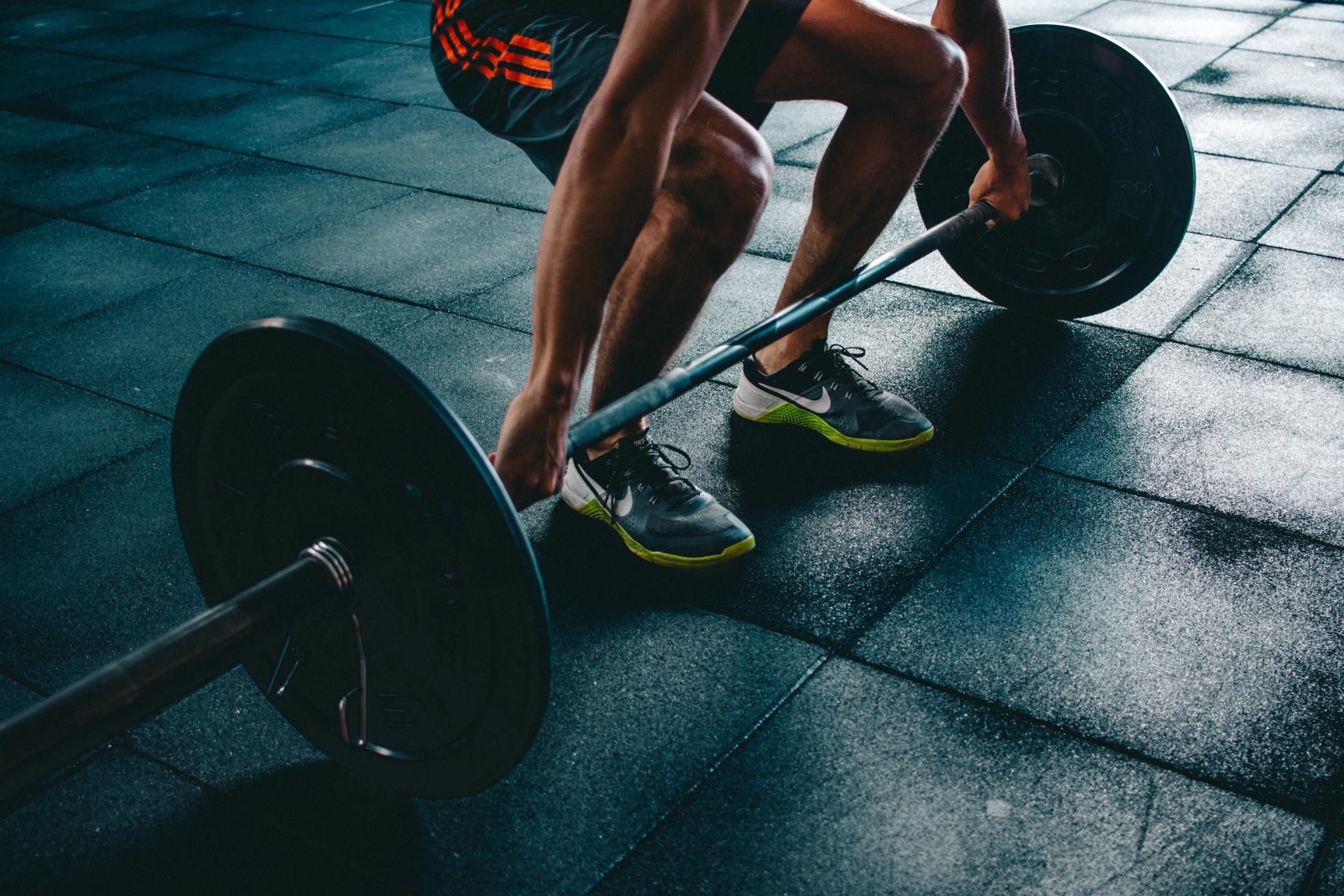The Scary Effect of Excessive Exercising
Content: Dr Eman Zaky Editor : Zeina Ehab • April 13, 2021
How do you get Rhabdomyolysis?

Unfortunately, exercising-related Rhabdomyolysis is on the rise, which is alarming. Rhabdomyolysis can actually occur to anyone who tends to over-exercise, or skips warming-up. It is a condition that leads to serious muscle damage due to internal muscle injury. As a result, the muscle releases its internal contents as well as its enzyme into the bloodstream causing serious paralysis to the kidney from functioning normally.
Therefore, the kidneys' capacity to filter waste, uric acid and urine can be affected by the enzymes. No doubt, Kidney failure can occur in up to 40% of cases of Rhabdo.
Can you get Rhabdo from working out?
The answer is yes, but that doesn’t mean one should refrain from working out. However, you should understand that it usually happens if the muscle movement entails excessive repetitive contraction. For instance, hard weight lifting with inexperienced coaches, extended intensive cycling, and inappropriate warming-up before intense workouts can initiate Rhabdo. So, if you haven't been exercising for a long time, you can't just start by burning 600 or 900 calories during a session.
Other causes of Rhabdomyolysis include:
- Injury and trauma
- OTC Drug use without consulting your physician
- Statins medications
- Severe dehydration
- Extreme temperatures
Rhabdomyolysis usually characterized by (Symptoms):
- Nausea
- Fever
- Feeling of sickness
- Dark urine or less urination
- Declined kidney functions in lab analysis results
- Muscle fatigue, soreness, and swelling
- Some severe cases may require kidney dialysis
You might be thinking, how easy is it to get rhabdomyolysis?
Yet, it is as simple as staying away from only through adapting several changes to your daily-life.
- Try a low-impact routine that emphasizes on your heart to protect your kidney functions while still exercising.
- Stretch and warm up to improve muscle and joint stability and strength. A good stretching yoga session, swimming, walking, jumping rope, or dance session are all good options.
These exercises will help you to feel better, alleviate tension, enhance your breathing, and tone your muscles.
These exercises will help you to feel better, alleviate tension, enhance your breathing, and tone your muscles.
How to avoid this condition and other exercise-induced injuries?
- Build your own exercise routine progressively
- Try starting with lighter weights
- Don't overexert
- Hydrate by drinking water or BCAA during your workout
- As soon as you begin feeling prolonged muscle fatigue or more than 30 seconds or so, stop what you're doing and rest
- Don’t compare yourself to others, you have your own body requirements.
- Approach your trainer and talk to them about your medical conditions
- Keep your physician updated frequently with your lab results
References:



